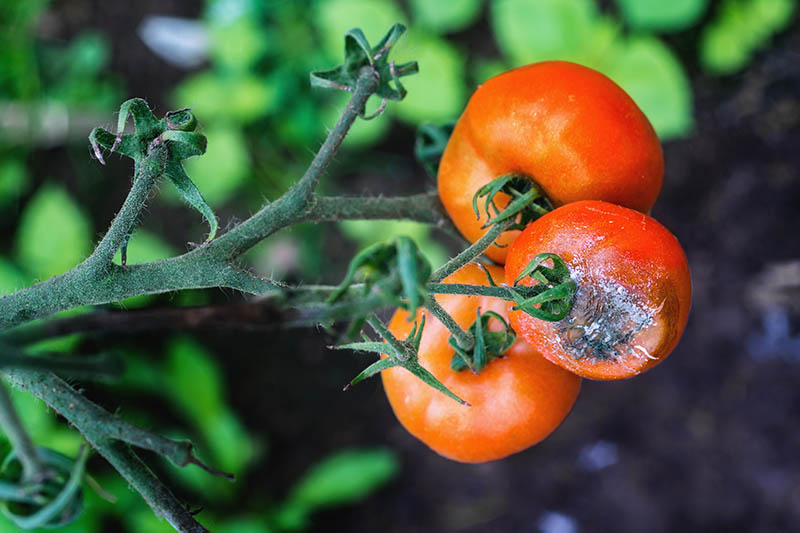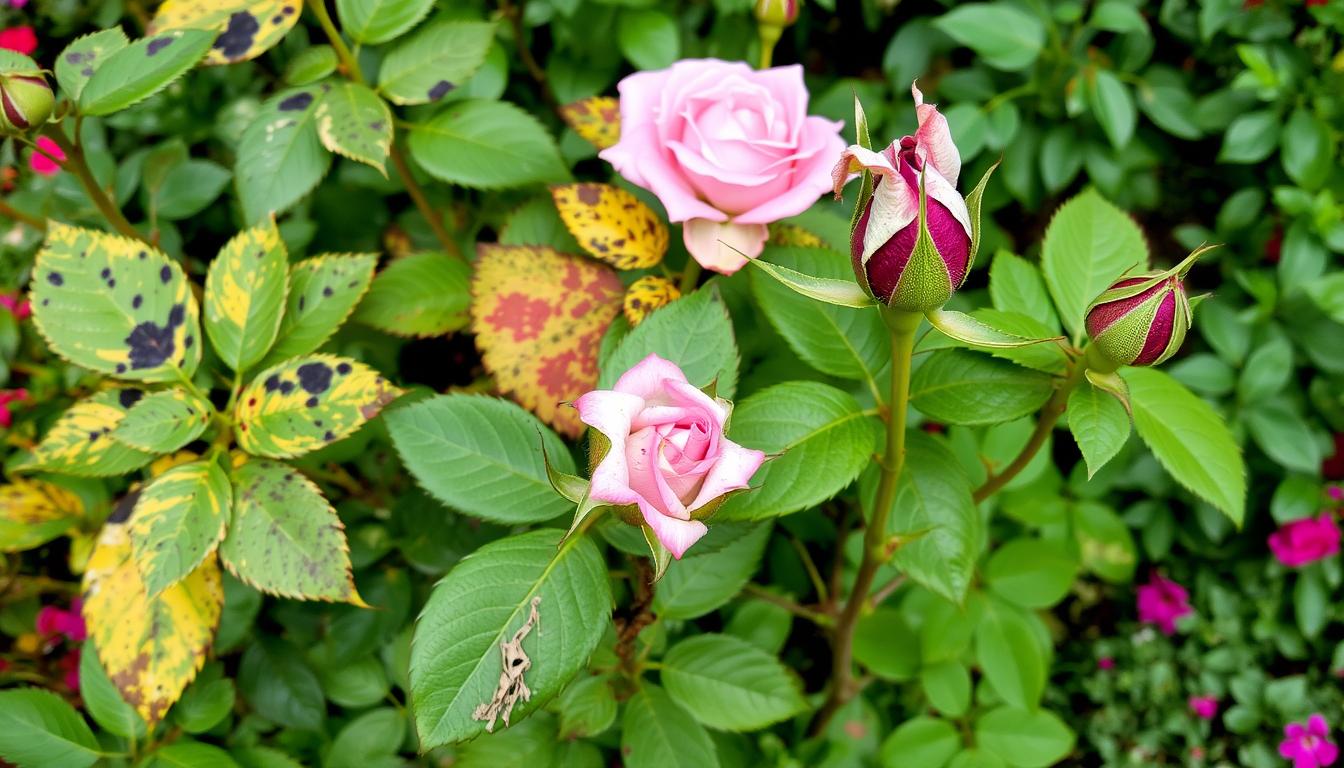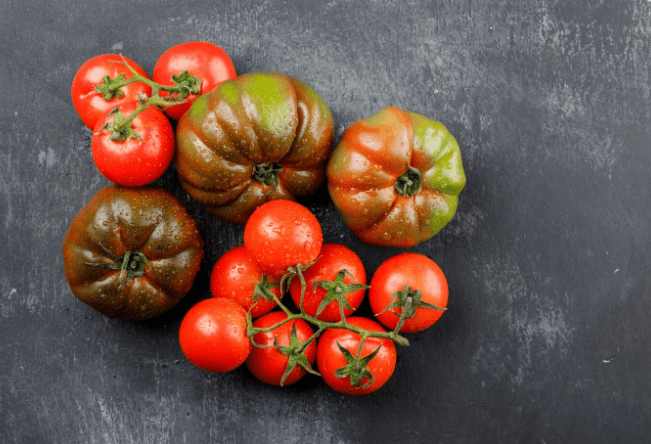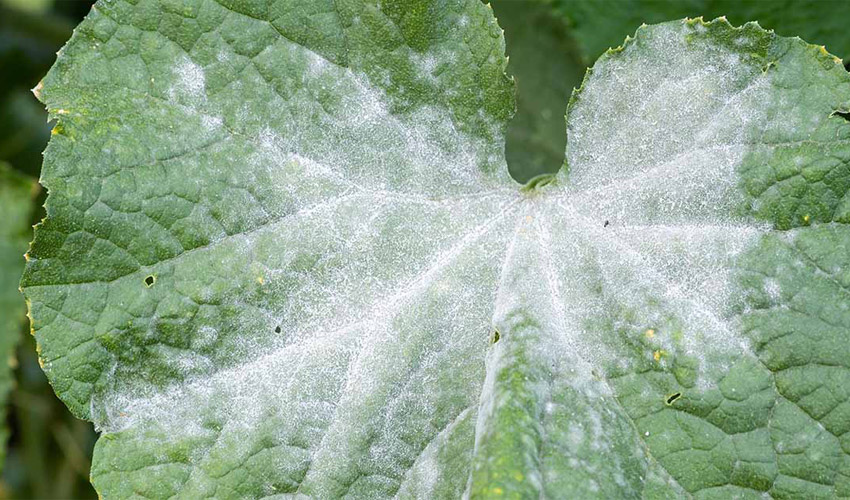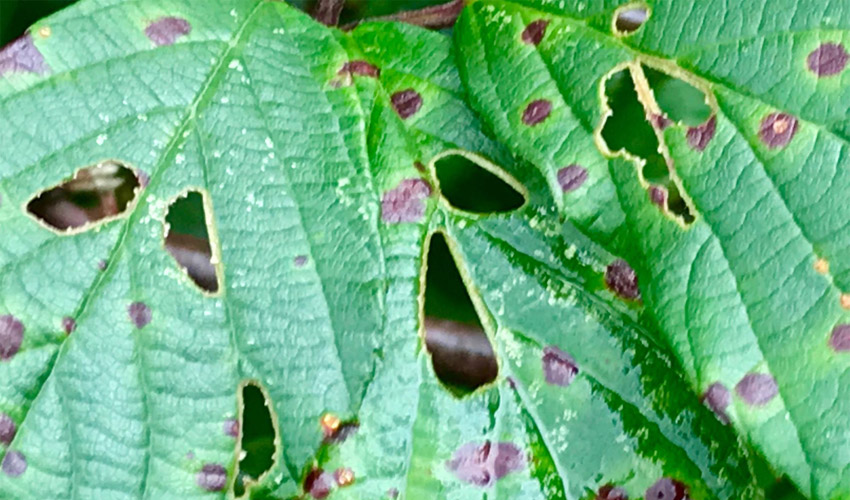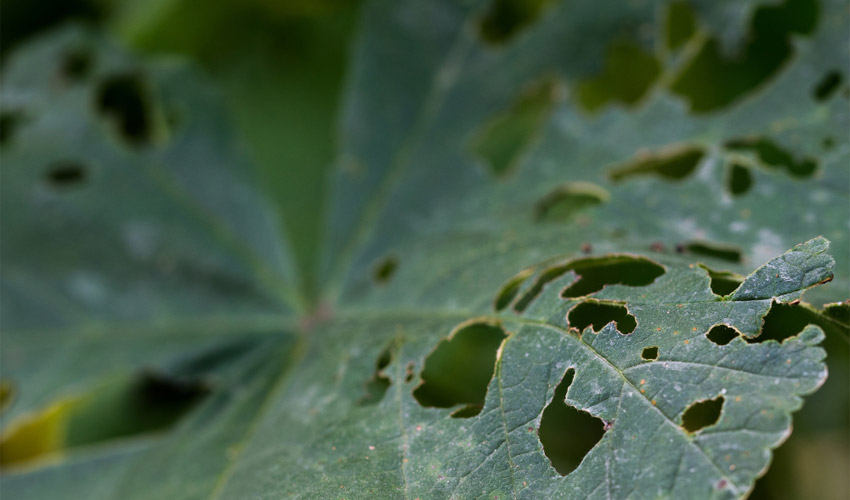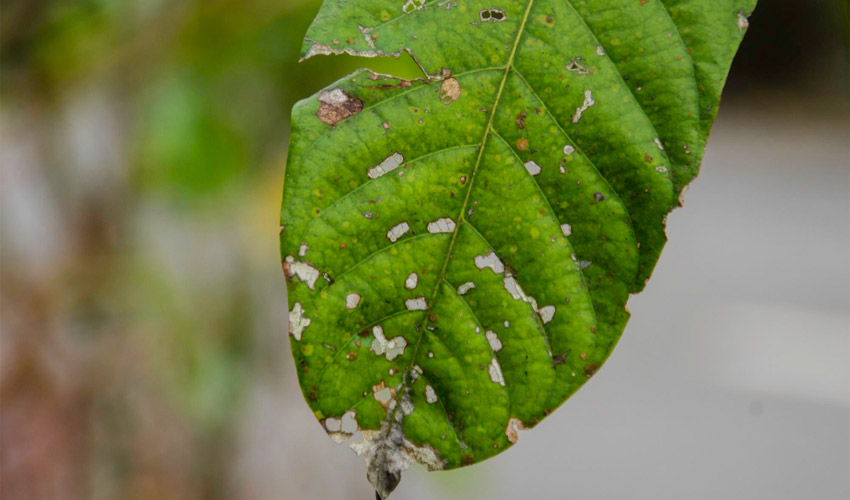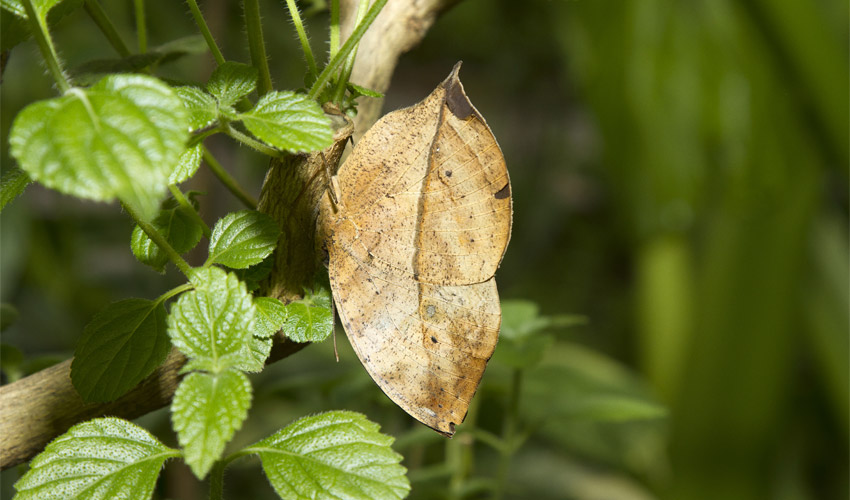Tomato blight can impact nearly every part of the plant, including its foliage, stems, and fruit. Infected plants might not die outright, but they often become weak and yield fewer tomatoes. Early blight targets mature plants but can also appear in young seedlings. Plants that are stressed or not in good condition are particularly vulnerable. Early blight, which also commonly affects potatoes, is relatively tough to manage but far less destructive than late blight. Late blight can rapidly destroy tomato plants and travel over large distances.
Below, you’ll find what is tomato blight, what causes it, the warning signs to watch for, and how you can prevent and treat this disease.
Table of Contents
ToggleWhat Is Tomato Blight?
Tomato blight is a fungal disease, and the specific fungus involved depends on the type of blight affecting the plant. Multiple forms of blight can strike tomatoes simultaneously. There are three types of tomato blight, each triggered by a different fungus, though they tend to show similar symptoms.
3 Types of Blight and How to Identify Them
If you spot lesions on your tomato plants resembling blight, it’s essential to identify the specific type to manage it effectively. The three most common types of tomato blight include:
Early blight
Triggered by Alternaria solani or Alternaria tomatophila, this form can be challenging but isn’t necessarily a death sentence for your crop. Watch for dark brown spots with circular, target-like rings. These may appear anywhere on the plant, including the fruits. Remove and dispose of any infected parts to prevent further spread.
Late blight
When your plants seem covered in mildew or mold, you’re likely dealing with late blight caused by Phytophthora infestans. It’s a fast-spreading and aggressive disease. At the first sign of infection, take immediate preventive action to avoid losing your entire crop.
Septoria leaf spot
This is the least harmful of the three and is caused by Septoria lycopersici. It usually shows up as small black or brown specks on the lower leaves. Pruning the affected areas early on often stops the disease before it worsens.
How to Treat Tomato Blight
Once you notice signs of blight on your tomato plants, it’s crucial to respond without delay. Here are three effective ways to manage the issue after identifying an infection:
Cut away infected areas – The most critical step in tackling blight is removing and destroying all affected parts of the plant. If you see visible symptoms, trim off the damaged leaves or stems and discard them well away from your garden. As long as infected plant matter or soil remains, fungal spores can continue to spread.
Apply fungicide – Treating the area with a fungicide can help control the outbreak. After pruning the infected portions, spray a copper-based fungicide or an organic biofungicide around the plant to help contain the disease, especially if it hasn’t spread extensively.
Mulch the soil – Applying mulch not only enriches the soil with nutrients but also creates a barrier that helps prevent spores from splashing up onto the plant or drifting through the air. It reduces the risk of future infections.
Tips to Prevent Tomato Blight
Since tomato blight is highly persistent, preventing it from taking hold is far more effective than dealing with it after symptoms appear. Here are six strategies to help keep your tomato plants healthy and blight-free:
Choose Disease-resistant Varieties
Start by selecting strong, reliable tomato seeds from trusted suppliers. Many seed companies offer blight-resistant options bred specifically to stand up against common fungal diseases. If you’re planting transplants, inspect each one closely and only plant those that show no signs of infection. It’s essential that every part of the plant is healthy at the time of planting to avoid future problems.
Rotate Your Crops
Regularly changing where you grow your tomatoes helps stop blight from building up in the soil. Whether you’re gardening in raised beds, containers, or a traditional plot, avoid planting tomatoes in the same spot season after season. Crop rotation keeps the soil balanced and makes it harder for disease to return.
Control Moisture Levels
Fungal diseases like blight thrive in damp environments. Try to keep tomato foliage as dry as possible. Water your plants at the base rather than overhead to minimize wet leaves. Using drip irrigation can help maintain consistent soil moisture while keeping leaves dry. Fortunately, blight spores don’t survive through winter, so the disease usually disappears when your plants die back in cold weather.
Adjust Sprinkler Settings Wisely
If you rely on sprinklers for watering, set them low to the ground and run them in the early morning. Overwatering throughout the day, especially with soaker hoses left on too long, creates damp conditions in which blight thrives. Keeping lower leaves dry helps limit the fungus’s ability to spread, and watering early ensures excess moisture can evaporate before nightfall, reducing the risk of infection.
Promote Proper Airflow
Good air circulation around your tomato plants is a simple yet powerful way to prevent blight. Space each plant generously in your garden to reduce humidity and allow for faster drying after rain or watering. This not only helps prevent blight but also reduces the risk of other plant diseases.
Compost Carefully
Be selective about your compost pile. Never compost tomato plant debris if there’s any chance it was infected with blight. Doing so can reintroduce fungal spores into your garden the following year. Stick to using healthy, disease-free material to ensure your compost doesn’t become a source of future problems.

